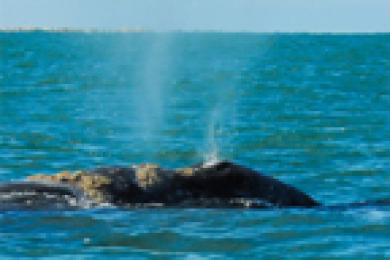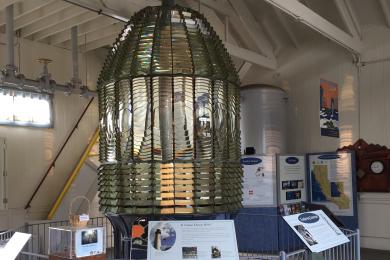Pigeon Point Light Station was placed on the National Register of Historic Places in 1976 and is considered an important landmark. Today, the tower is closed to the public for structural repairs but it still continues to function as a light tower with an automated beacon.
The first order Fresnel lens can be seen inside the Fog Signal Building along with interpretive panels on shipwrecks and fog signals and a scale model showing the inside of the lighthouse.
The coastal area surrounding Pigeon Point Light Station is rich with life. Marine mammals, such as seals, whales and dolphins can be seen regularly from the observation deck. The intertidal zone along this part of the coast, particularly the rocky reefs that flank the light station, contains diverse plant and animal life.


